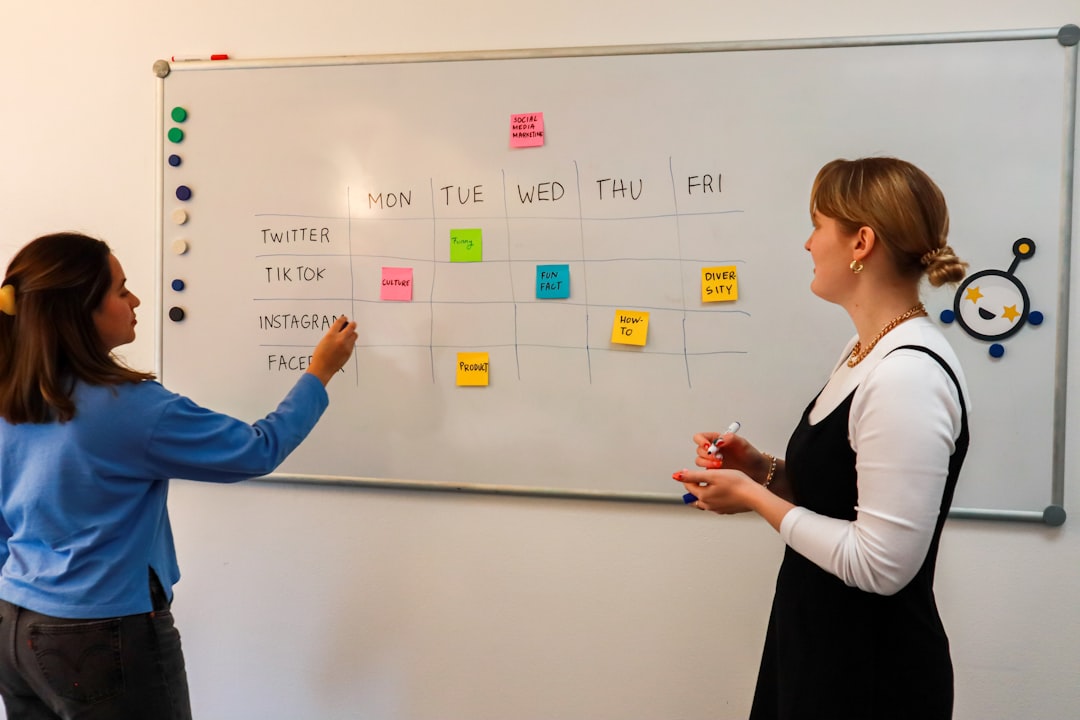No products in the cart.
Navigating Career Agility: Tools for the Future
Discover the key components of career agility and learn how to develop them quickly. Adaptability, opportunity recognition, and rapid adjustment techniques are essential for future success.
San Francisco, USA — In today’s dynamic workforce, career agility has emerged as a vital skill set. As industries evolve at breakneck speeds, professionals are increasingly required to adapt to shifting landscapes. The ability to pivot, learn, and seize opportunities defines those who thrive in this environment.
Career agility encompasses several components: adaptability, awareness, and action. Adaptability refers to one’s capacity to adjust to changes in the workplace, whether it’s new technologies, team dynamics, or market demands. Awareness involves recognizing emerging trends and understanding how they impact your career trajectory. Action is the implementation of strategies that leverage those insights.

In the current job market, where the World Economic Forum predicts that 85 million jobs may be displaced by 2025, cultivating career agility is not just beneficial—it’s essential[1]. The rise of artificial intelligence and the gig economy further complicates the landscape. Professionals must remain adaptable to succeed.
The Importance of Adaptability Training
Adaptability training is pivotal for developing career agility. Organizations like LinkedIn have recognized this need, launching courses aimed at enhancing adaptability skills. These programs focus on flexibility, problem-solving, and emotional intelligence, which are crucial as workers navigate uncertainty[2].
The benefits of adaptability training extend beyond individual career growth. Companies that foster adaptable teams often see improved performance and innovation. A study by McKinsey & Company revealed that organizations with agile practices were 70% more likely to succeed in their projects[3]. This correlation underscores the importance of cultivating a workforce that embraces change.
Change Navigation Skills Successful professionals possess strong change navigation skills.
Change Navigation Skills
Successful professionals possess strong change navigation skills. These skills allow individuals to manage transitions smoothly, ensuring they can adjust to new roles or responsibilities without losing momentum. Techniques such as proactive communication, seeking feedback, and engaging in continuous learning can enhance these skills.
Additionally, mentorship plays a crucial role in developing change navigation skills. Experienced professionals can provide insights and guidance, helping mentees navigate their career paths more effectively. According to a survey by the American Society for Training and Development, 75% of executives believe that mentoring is crucial for career development[4].
Opportunity Recognition Techniques
Recognizing opportunities is another cornerstone of career agility. This involves staying informed about industry trends, networking actively, and being open to new experiences. Tools like job boards, industry newsletters, and professional associations can provide valuable insights into emerging opportunities.
Furthermore, developing a personal brand can enhance visibility in your field. Utilizing platforms like LinkedIn to showcase your skills and experiences can attract potential employers or collaborators. Engaging with industry content and participating in discussions can also position you as a thought leader, opening doors to new opportunities.
Rapid Adjustment Methods
In a fast-paced environment, the ability to adjust quickly is paramount. Techniques such as time management, prioritization, and strategic planning can help professionals respond effectively to unexpected changes. For instance, using the Eisenhower Box can help prioritize tasks based on urgency and importance, ensuring that critical responsibilities are addressed promptly.
Moreover, cultivating a growth mindset fosters resilience. Embracing challenges, learning from failures, and continuously seeking improvement can enhance one’s ability to adapt. This mindset not only prepares individuals for change but also empowers them to view obstacles as opportunities for growth.
Techniques such as time management, prioritization, and strategic planning can help professionals respond effectively to unexpected changes.
Looking Ahead: The Future of Work and Career Agility
The future of work will undoubtedly demand high levels of career agility. As technology continues to advance, the skill sets required will evolve. Professionals who actively cultivate adaptability, awareness, and action will be better positioned to navigate these changes.
Educational institutions and organizations must prioritize agility training to prepare the workforce for tomorrow’s challenges. By integrating adaptability into curricula and offering robust professional development programs, they can ensure that future generations are equipped to thrive in an ever-changing landscape.
The call to action is clear: invest in your career agility today. Whether through formal training, mentorship, or self-directed learning, the steps you take now can lead to a more resilient and successful future.











